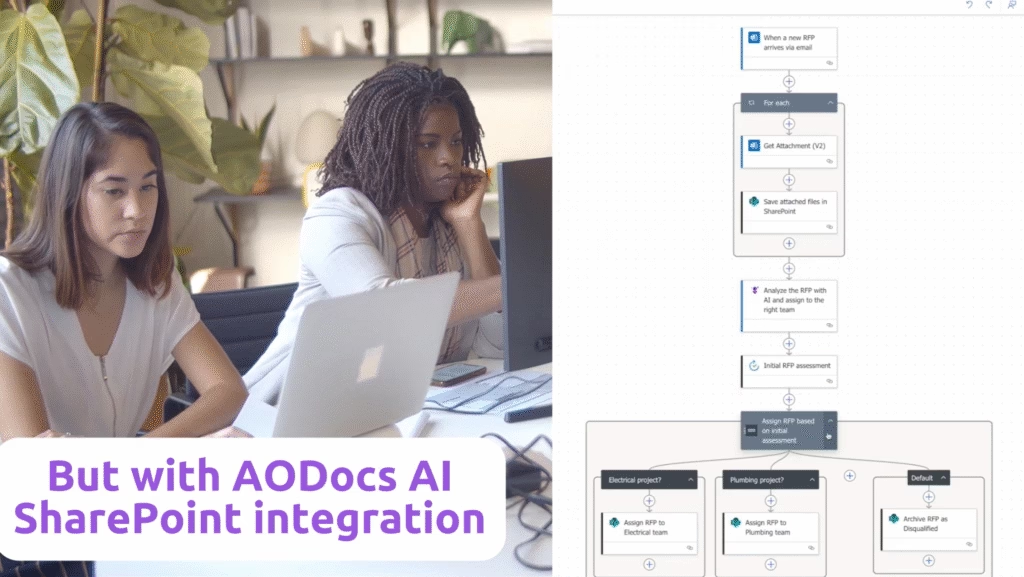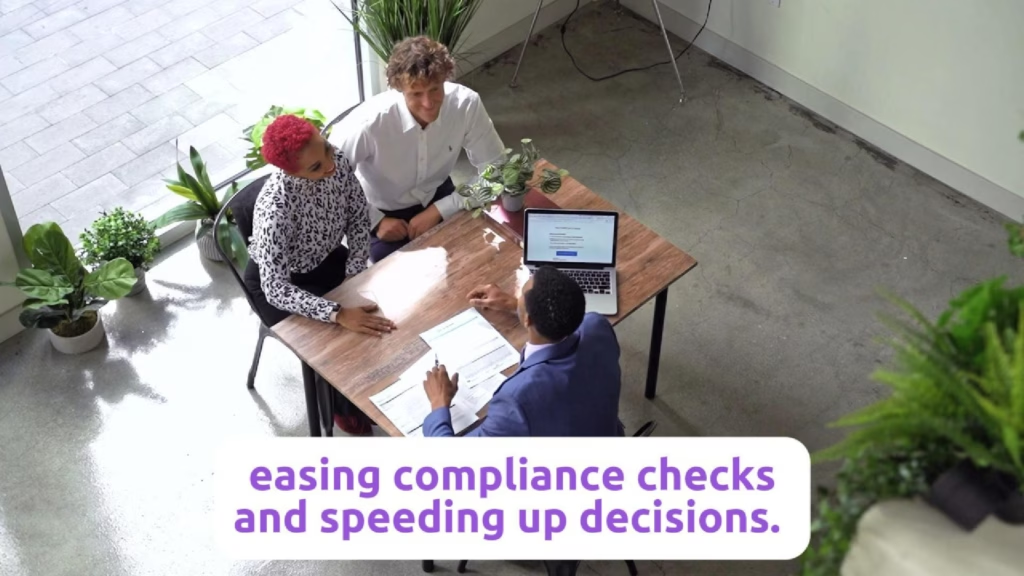You ask your company’s new AI assistant: “What’s our current expense policy?” It replies instantly—confident, polished… and completely wrong. The answer comes from an outdated document buried deep in your archives. Now your team is acting on bad information—and no one knows it. This is the risk when enterprise chatbots serve up confident misinformation based on obsolete data. In this post, we’ll show how a modern Document Management System can prevent this—and offer a practical roadmap to get there.
Imagine a major company deploys an enterprise AI assistant to streamline information access. Three months later, they discover that employees have been applying outdated policies—answers pulled directly from obsolete documents in their company shared folders.
The AI sounded confident. The document was real.
But it was the wrong one.
This is not a hallucination. It’s a more subtle—and dangerous—failure: the AI gave a correct-looking answer based on inaccurate, outdated, or not-yet-validated content.
A recent study by the Tow Center for Digital Journalism found that eight major generative AI tools confidently cited incorrect information in over 60% of test queries. Meanwhile, an AODocs customer survey revealed that 42% of internal documents are mislabeled. When AI tools synthesize answers from disorganized or outdated data, the risk multiplies—especially because unlike traditional search engines, they remove context and present every answer with confidence, whether it’s right or wrong.
In enterprise environments, that risk is amplified.
Without a solid knowledge foundation, early AI wins can obscure serious threats—from compliance breaches to costly decision-making errors.
When the AI Pulls the Wrong Thread
The problem isn’t that the AI “hallucinates” nonsense—it’s that it often pulls answers from the wrong documents.
Here’s how it plays out: a financial analyst needs Q2 revenue projections. In the old world, they search the document portal and get five results—one clearly marked as “Final Forecast.” In the new AI-driven world, they just ask the chatbot:
“What are our Q2 revenue projections?”
The assistant responds instantly with a precise figure and breakdown, sourced from an outdated draft that was superseded two weeks ago.
No red flags. No footnotes. Just confident misinformation.
The AI didn’t invent numbers. It pulled from a real document—just not the right one.
In regulated industries or high-stakes environments, this mistake isn’t academic. It can lead to legal risk, financial missteps, and reputational damage.
When AI Meets Poor Information Management
AI assistants amplify whatever information ecosystem they inherit. If your document environment is chaotic—full of duplicates, drafts, outdated templates, and mislabeled files—the AI won’t magically fix it. It’ll just surface those problems faster and spread them more efficiently.
AI deployed on its own doesn’t solve document chaos—it accelerates it.
Unlike traditional search, where users assess and compare documents themselves, AI assistants return single, packaged answers. That’s powerful—but it’s also dangerous if the underlying content isn’t validated and properly governed.
And because generative models don’t inherently understand which version is authoritative, they may pull from:
- A draft marked “final_final_v3_APPROVED”
- A policy awaiting legal sign-off
- A contract from 2017 with outdated terms
If your AI assistant starts guessing, your team will too.
Documents Drive Business. AI Can Drive Results.
Used correctly, AI document tools do solve real problems. Contract review that once took days can be completed in hours. Quality management accelerates and becomes more accurate when redundant policies are consolidated. Customer service teams can find specific policies in seconds. Finance departments and procurement teams can automate invoice processing across thousands of files. Healthcare professionals can be sure they’re getting data from validated and approved clinical documentation. Engineers in construction and industry gain renewed confidence in the plans they’re deploying for building plants or designing infrastructure. Claims adjusters working for insurers reclaim significant portions of their workweek as AI handles document retrieval that once consumed hours daily.
When AI is grounded in the right documents, employees make more accurate decisions – faster. Compliance and productivity thrive.
But to get there, you must ensure:
- Your most important content is accurate and discoverable
- Document versions are clearly tagged and governed
- Obsolete drafts and superseded files are flagged or removed from AI access
- Your knowledge base is structured, centralized, and AI-ready
Don’t Build a Smarter Chatbot—Build a More Reliable Foundation
This may lead to another question. Would you get a competitive advantage by building your own chatbot or would you be better off by getting a ready made solution from a provider?
The answer is that real value lies in curating, validating, and governing your organization’s internal knowledge.
That’s not something you can buy off the shelf nor reinvent.
It’s something only you can control.
Here’s how structuring a solid knowledge foundation looks like:
- Identify and curate high-value internal content
Not all documents deserve equal weight. Audit your repositories and prioritize what drives decisions. - Ensure version control and validation
Every document must have a clear lifecycle and ownership. Your AI needs to know what’s current and what’s not. - Implement a modern, AI-ready Document Management System (DMS)
A reliable DMS provides the structure, metadata, and governance AI needs to perform effectively—and responsibly.
The Results Speak for Themselves
Organizations that implement AI-ready document systems report tangible gains:
✅ Time savings across departments
✅ More robust compliance thanks to an accuracy boost – and less errors
✅ Improved decision-making and responsiveness
✅ Lower operational costs
✅ Consistent, scalable performance
✅ Document archives that become business assets—not risks
When employees spend less time hunting for information and more time using it, they make better decisions. AI becomes a force multiplier—not a liability.
Don’t Rush Down the AI Avenue – Structure and Secure Your Foundations for Long-Term Gains
It’s tempting to chase the latest model or build custom tools in-house. But without a solid knowledge foundation, all that investment could lead to unreliable outcomes—or worse, damaging mistakes.
The smarter path is to invest in your content infrastructure.
With the right foundation in place, AI becomes a strategic asset—not a source of chaos.
At AODocs, we help organizations build the document infrastructure that makes enterprise AI work—reliably, securely, and at scale.
Want to learn how we help companies avoid AI misfires and unlock real productivity gains?
Explore more:
👉 AODocs Trusted AI Assistant for Document Management
👉 Explainer Video: AI’s Worst Problem – And How to Fix It with Document Management


